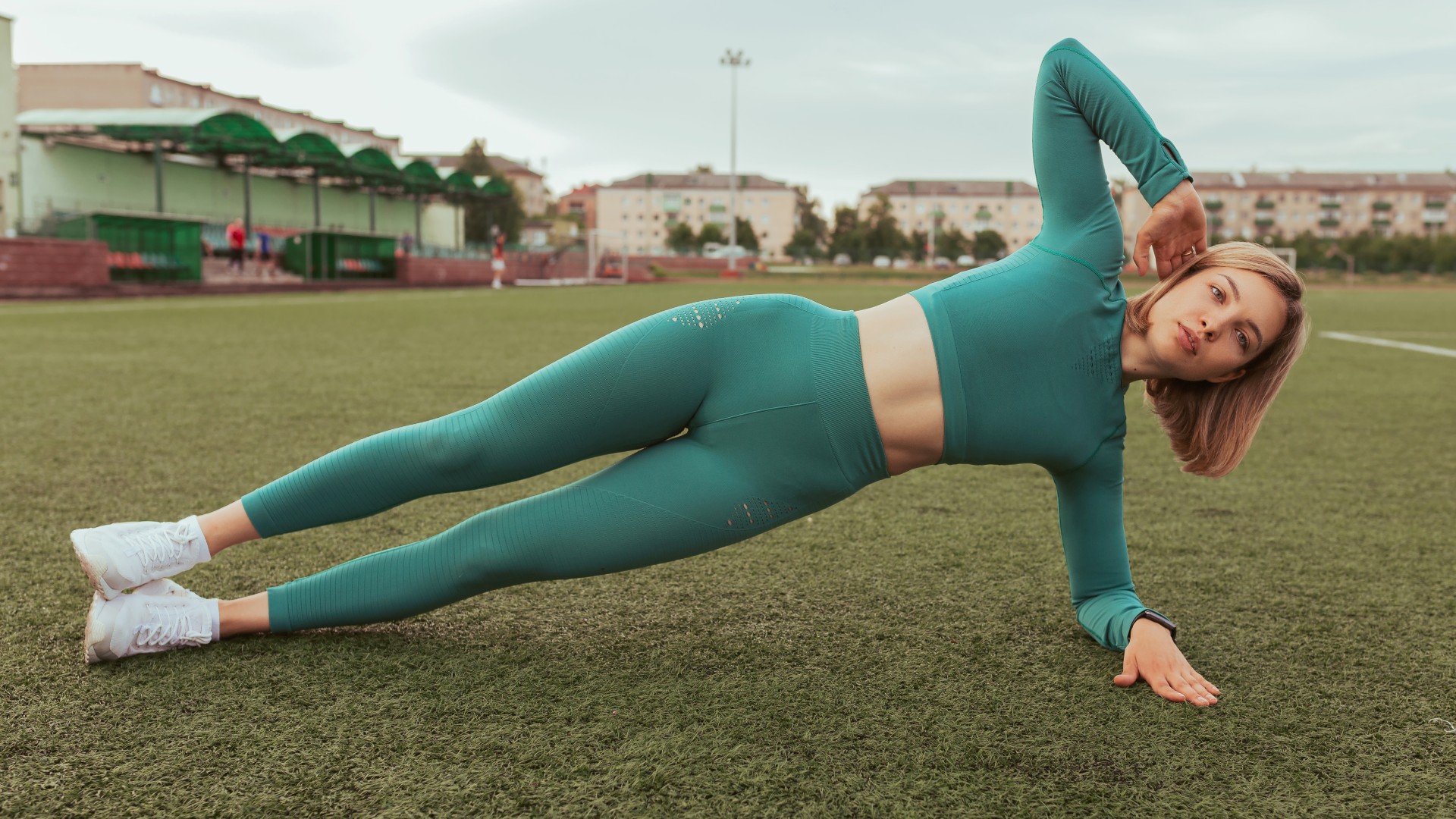
We’ve taken on various plank challenges at Tom’s Guide and we know the best plank variations out there. While some have been pretty enjoyable to test, we’ve been glad to see the back of others. But enough about us, if you’re looking for new ways to build core strength and develop muscle, here are the best plank variations to add to your ab workouts.
Whether you prefer weight training, cardio, or bodyweight workouts, a plank can fit into any exercise regime. Although it’s a core strengthening exercise, it also targets various other muscles, including your shoulders, back, chest, glutes, hamstrings, and quads. It does this using isometric contraction — contracting muscles without moving through a range of motion.
The best plank variations use different methods to change the emphasis on the muscles worked, helping you achieve a full-body burn using one effective exercise. We’ve rounded up the best plank variations that we’ve tried and tested ourselves for at least one week over the year. And trust us, we’ve accumulated some serious reps during that time.
Grab one of the best yoga mats for workouts, and read on.
Best plank variations: benefits of planks
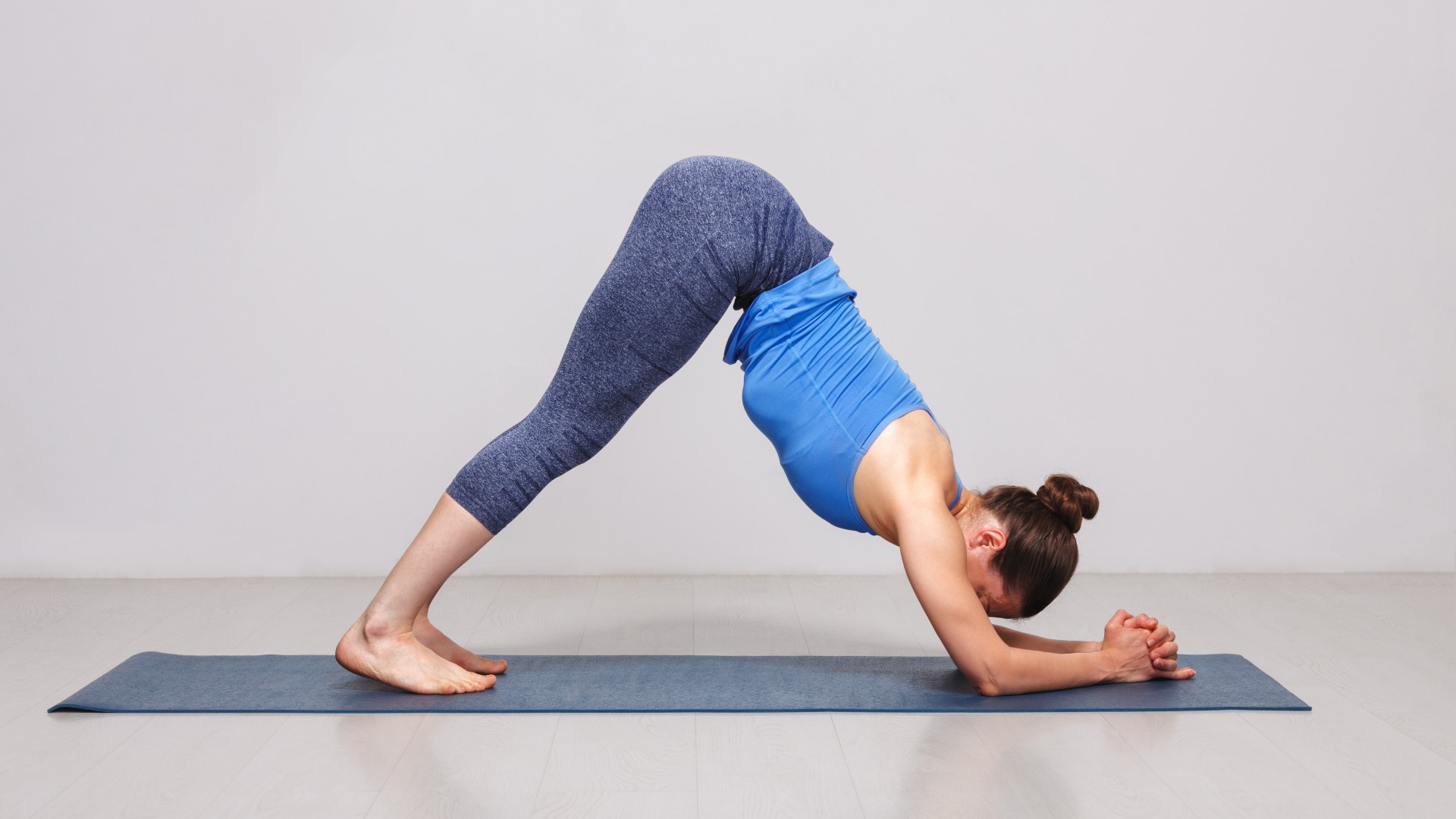
Planks are a compound exercise that build a strong core, protect your body from injury, and support movement. Your core muscles are a complex network of superficial and deeper muscles which help your trunk rotate, flex, and more.
These muscles don’t just include your abs — they also wrap the entire way around your trunk, consisting of deeper muscles like the transverse abdominis and erector spinae and superficial muscles like your external obliques and rectus abdominis ‘six-pack’ muscles.
By working your core in various ways, you could build a strong, more balanced engine that helps you lift heavier, run faster, coordinate better, and achieve more complex lifts like deadlifts and squats. But while developing core muscle and strength could sculpt more midsection definition, body fat percentage determines how visible your abs are.
You’ll need to factor in diet, regular exercise, hormones, sleep, and stress — all contribute toward how much body fat you store. And you can’t spot-reduce belly fat, so we recommend reading up on how to calculate your body fat percentage and why it matters here. In the meantime, these 11 plank variations will torch your core, work various muscle groups, and help you build strength.
11 best plank variations to build core strength and muscle
Here’s our tried and tested best plank variation round-up, and boy did we work for them.
1. Commando planks
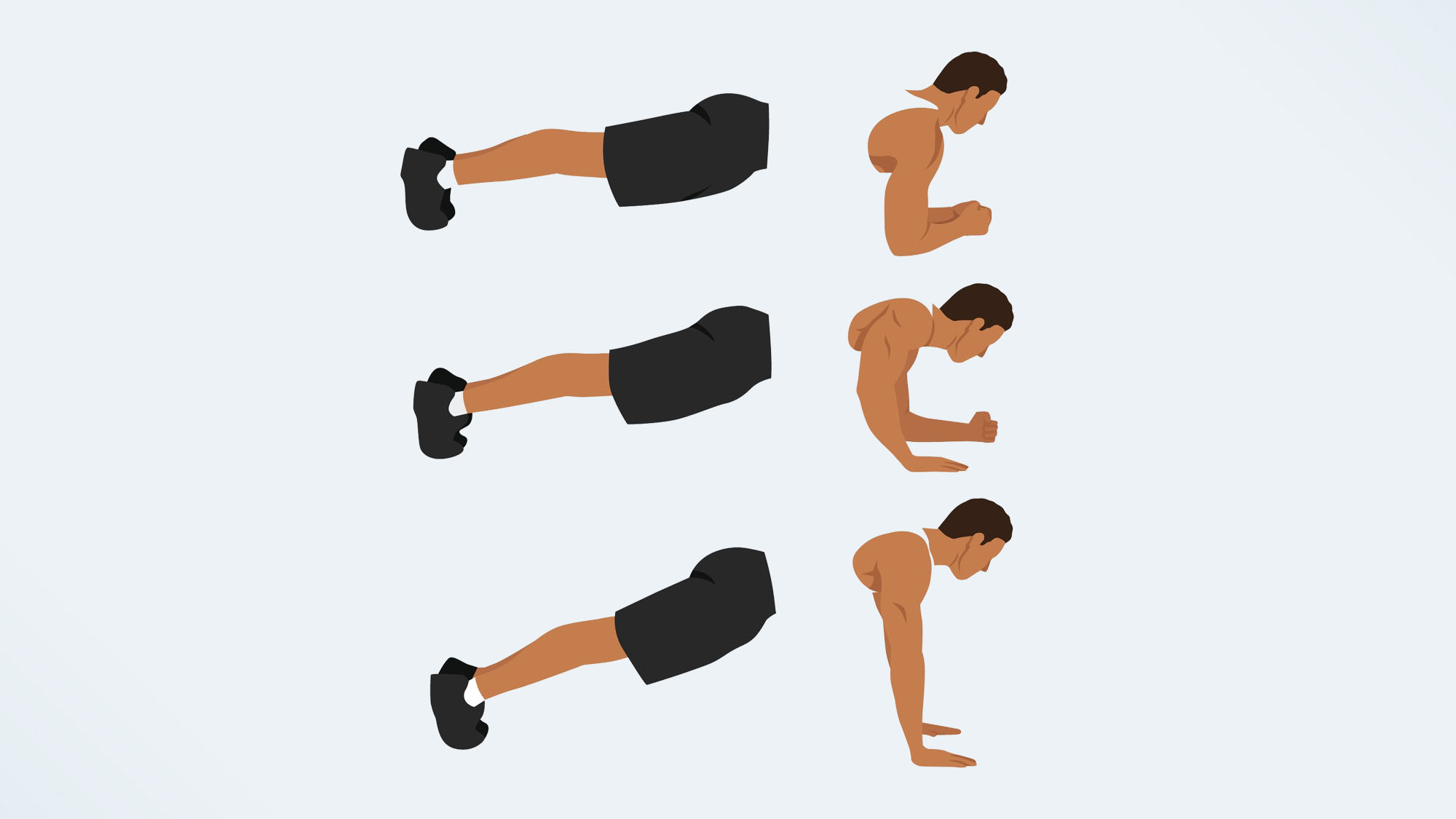
Commando planks or walking planks mean moving between high plank and forearm plank. You can learn how to do an up-down plank with variations here. Commando or “military” planks target your chest, arms, and shoulders and increase your heart rate. Strengthening the lower back, glutes, and hamstrings in your posterior chain could improve posture and develop a stronger core and shoulder muscles.
It’s a top-tier core torcher if you want a full-body burner. Find out what happened when I did 90 commando planks every day for a week. You could also try wearing a weight vest or balancing on one leg to scale up the move.
2. Reverse planks
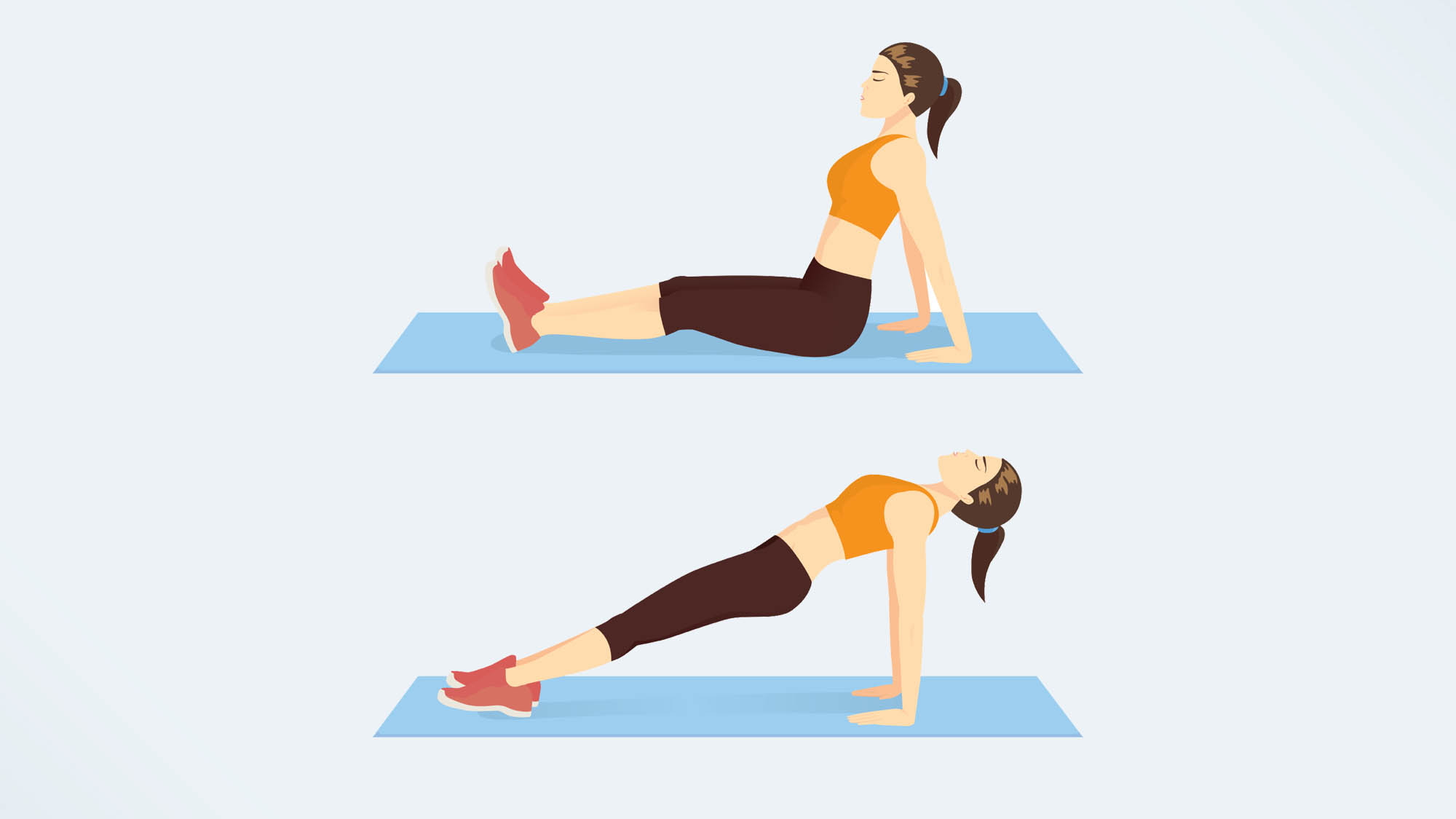
Flip a high or forearm plank upside down, and that’s a reverse plank. Turning this exercise on its head strengthens your abdominal muscles, arms, shoulders, back, glutes, and legs. If you have weaker wrists, then we recommend opting for the forearm variation, but the straight-arm variation targets your arm muscles.
The variation hits your posterior chain harder for a back-body burner. Keep your hips lifted and give everything a good squeeze to prevent lower back pain. We promise you’ll feel this one everywhere — check out reverse plank how-to’s here.
3. Weighted side planks
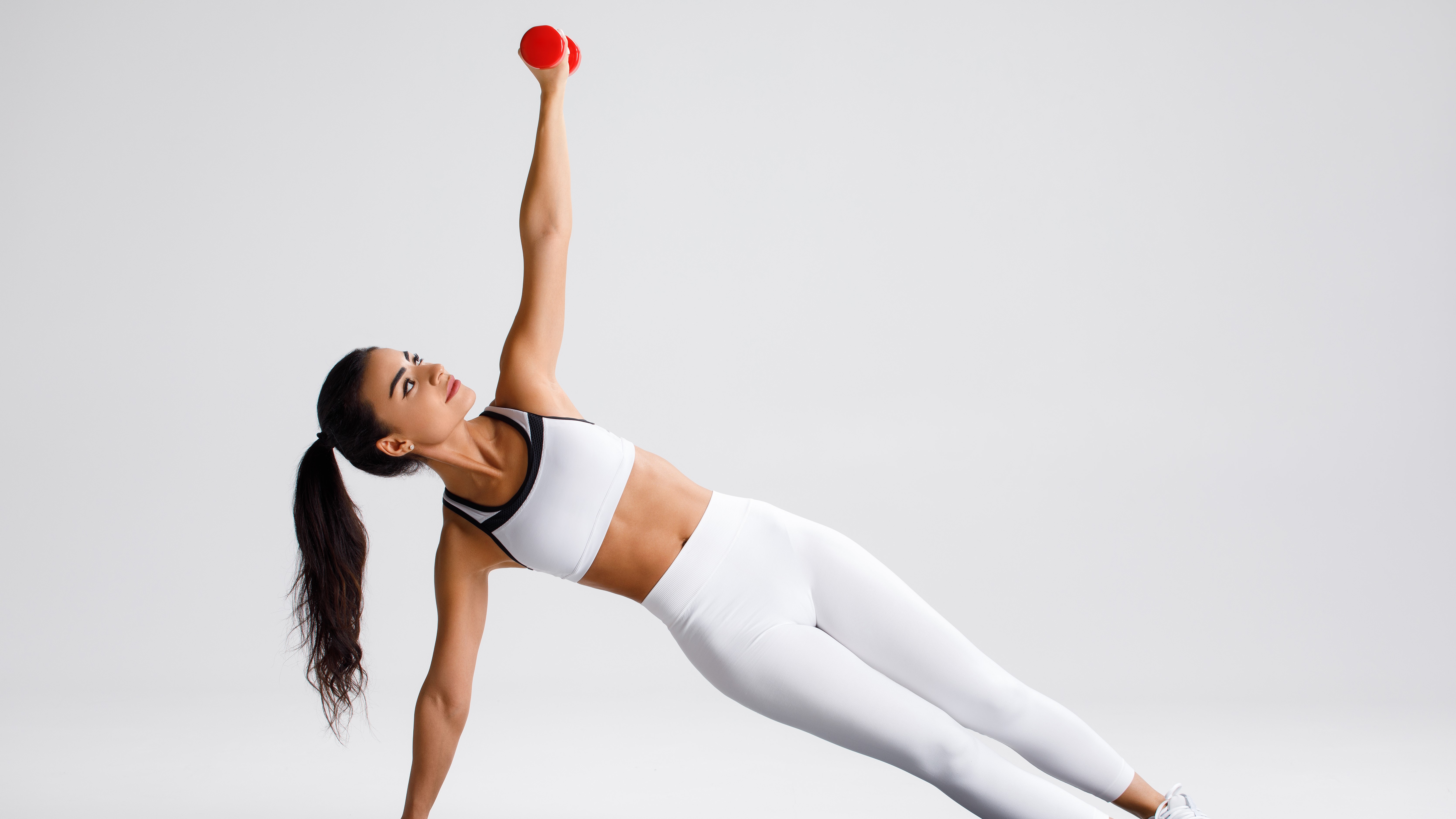
Our fitness editor rates this as one of the best ab variations for your oblique muscles, targeting the internal and external oblique muscles. It can be done bodyweight or using a set of the best adjustable dumbbells or a weight plate.
Your oblique muscles help rotate and bend your trunk and protect your spine. The move also targets the deep stabilizing muscles in your hips, trunk, shoulders, and glutes. Our fitness editor did weighted side planks every day for a week and shared how to scale them.
4. Plank toe taps

It’s an excellent plank variation for activating the upper and lower body and deep stabilizer muscles. The move involves moving from a high plank to a downward dog and tapping one hand on the opposite foot. The gentle rotation engages your obliques, giving more bang for your buck, and stretches the shoulders and upper back, also improving spine mobility.
Our fitness editor did 90 plank toe taps a day for a week — you can learn to do them here.
5. Plank pikes

Recently, I did 70 plank pikes every day for a week, and you can learn to do every variation here. The moving plank variation torches your shoulders and core muscles by changing your hip, shoulder, and foot position.
Plank pikes strengthen the muscles in your shoulders, arms, chest, back, core, hips, and legs and develop flexibility in your spine and down the backs of the legs and hips. You can use straight arms or forearms and either send your hips back into the pike or draw your feet inwards to achieve it.
Some variations are tougher than others, and all versions emphasize different muscle groups, making it the most versatile plank about.
6. Spiderman planks

It’s an intermediate-level ab exercise that engages your entire core musculature, including the external and internal oblique muscles, triceps, shoulders, and glutes, as you crunch your knees towards the outside of your elbows, like Spiderman crawling up a building.
You could use your forearms for this move, but either way, it’s a burner, as our fitness editor found out doing 50 Spiderman planks a day for a week (where she also explains how to do them).
7. Plank hip dips

The variation targets the obliques, transverse abdominis, the stabilizer muscles in your shoulders, and the muscles in your back. From a forearm plank, you’ll rotate through your torso to tap the outside of your hip to the floor and change sides. The twisting motion is a trunk-torcher unsuitable for beginners or back injuries.
Find out how to do plank hip dips here, along with tips from our fitness editor.
8. Bear planks
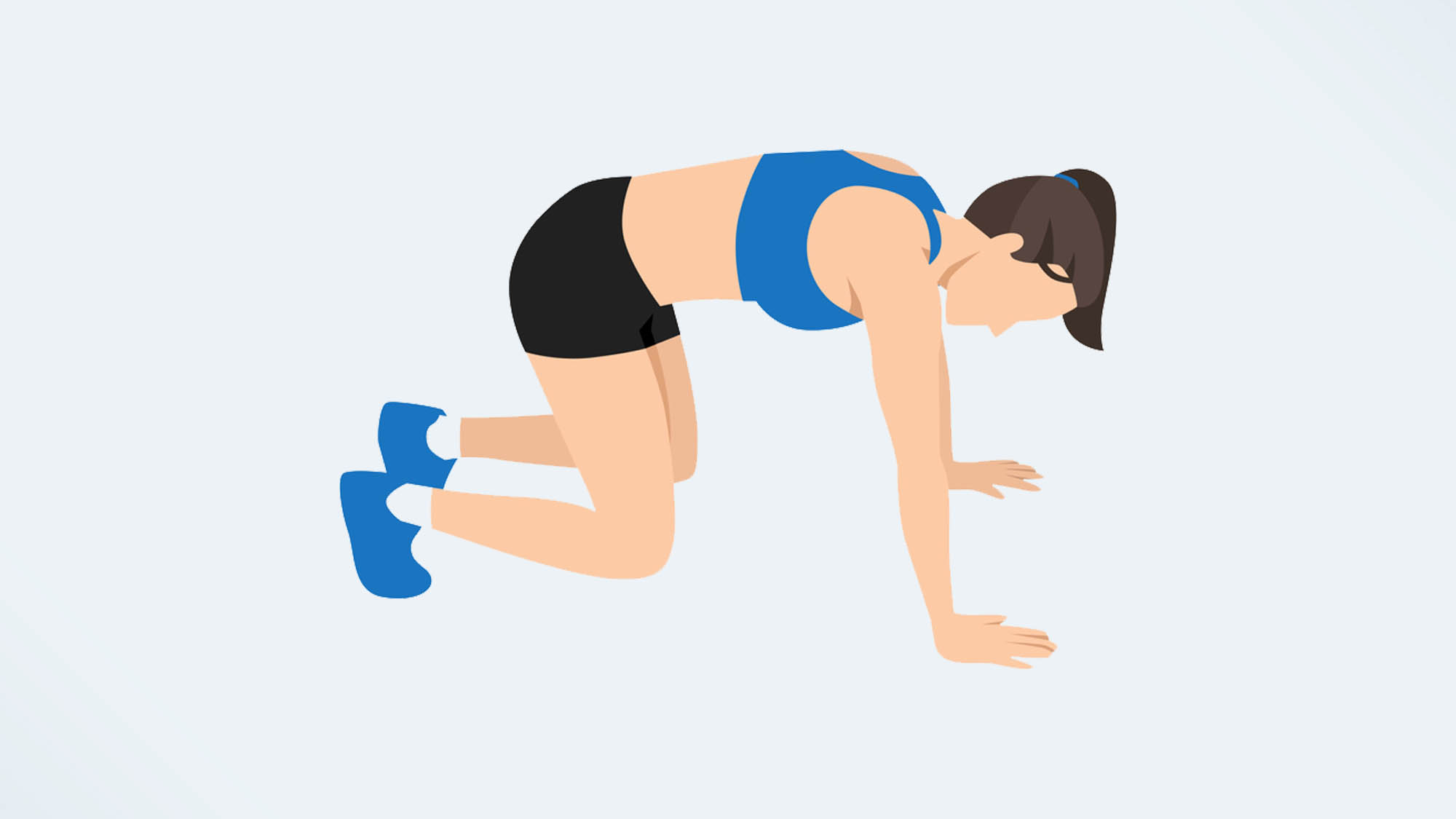
The bear variation engages the core, arms, and quads by starting in a tabletop position, tucking your toes, and lifting your knees an inch off the floor. And although ‘bear abs’ might not be a thing, the exercise mimics how a bear moves.
It forces you to keep your core engaged and stay as still as possible. You can add leg lifts by slowly raising one foot, then the other, alternating every 2-3 seconds. You could also loop one of the best resistance bands around your lower thighs, just above the knees, to engage your lower body or adopt bear crawls, which involve moving across the floor.
You can get the full bear plank lowdown here.
9. RKC planks

RKC or Russian planks look similar to forearm planks, except you’ll form tight fists and (without moving) drag your feet and elbows toward each other. This one is about added muscle engagement and is arguably the most effective plank variation.
Increasing the intensity could activate more muscles in a shorter time. Everything comes down to contracting and squeezing more muscles, moving the hand position from parallel to fists turned in. Squeeze checkpoints include fists, externally rotated shoulders, quads and glutes, and contracting your legs and feet toward each other.
Learn how to do RKC planks here.
10. Plank jacks
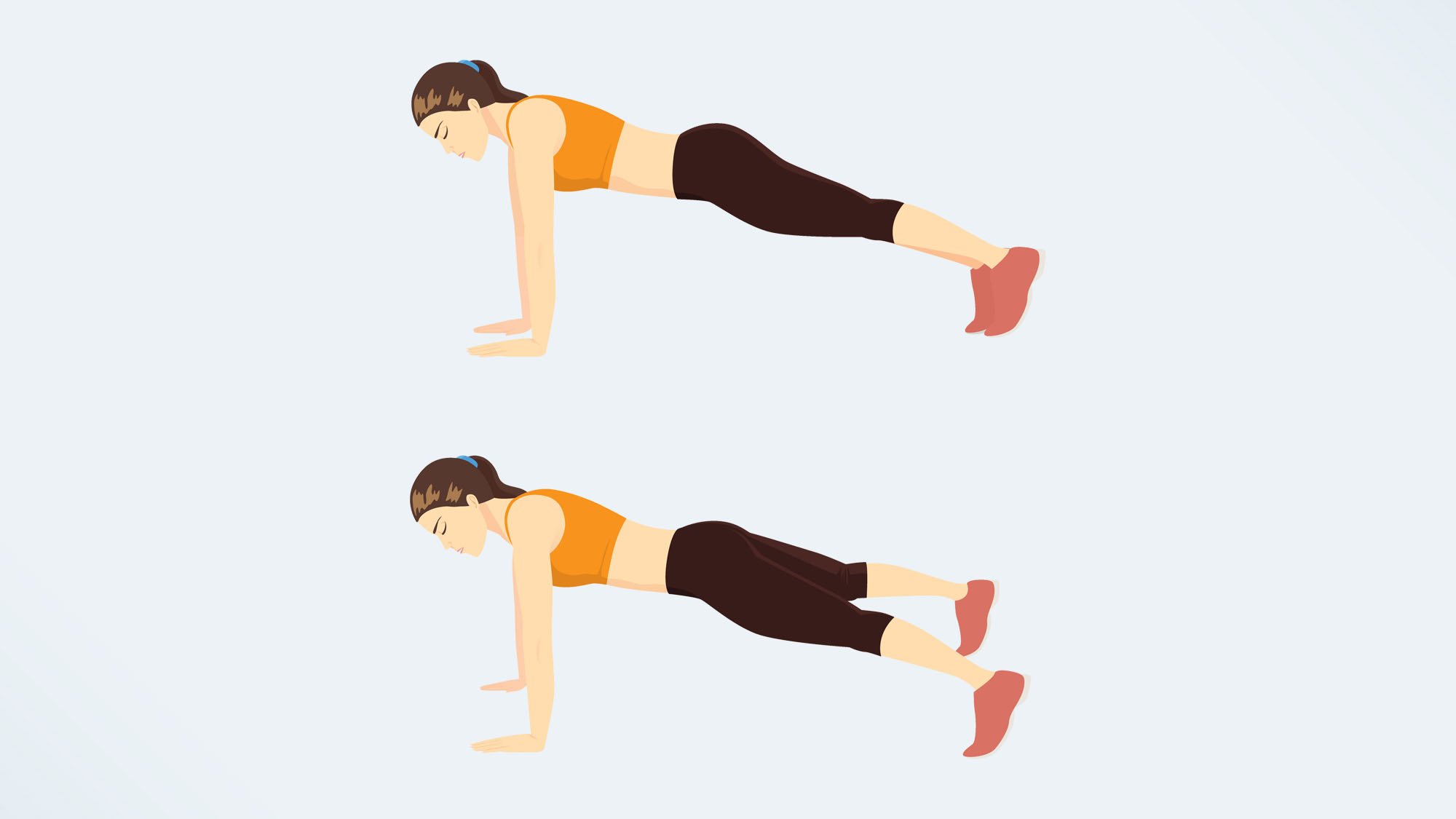
Cross a jumping jack with a plank, and you get a plank jack. The dynamic core move engages your stabilizer muscles to secure your body as you jump your legs in and out from a forearm or high plank position. It also works your abs and shoulders, helping to develop shoulder strength. You’ll activate all your core muscles, hips, and back and ramp up your heart rate.
See what happened when our fitness editor did 100 plank jacks every day for a week and how to do plank jacks here.
11. Side planks
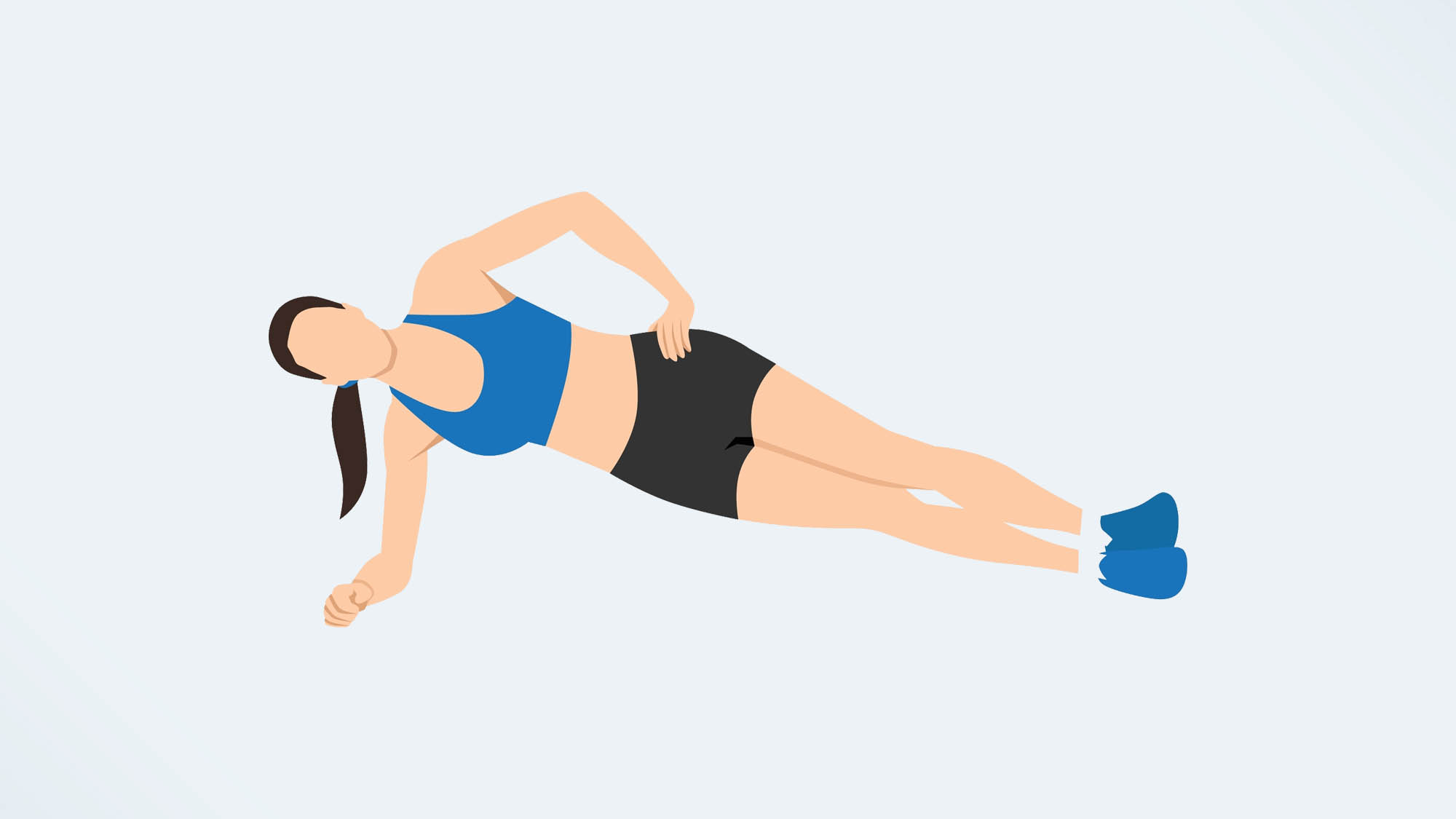
Doing bodyweight side planks every day for a week is no joke, as one of our fitness writers found out. It’s a more accessible variation than the weighted side plank but still teaches balance and stability and builds posture and shoulder strength.
The move hits the obliques and deep stabilizing muscles in the hips, trunk, and up to your shoulders, activating your glutes. The serratus anterior (a large muscle that fans across your upper ribs and helps to move your shoulder blade) will also be working hard, so anyone with shoulder stability issues might need to pop a knee down for support or give this one a miss.







